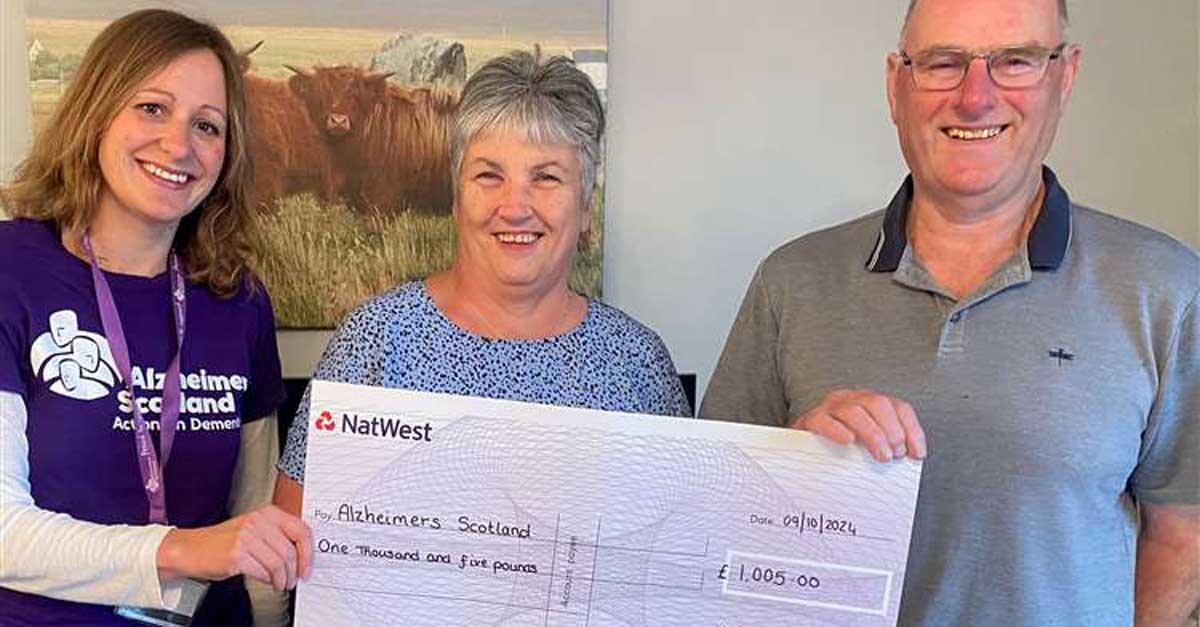Science proves that regular cervical cancer screenings lead to early detection and have reduced rates of cervical cancer over the past 50 years.
But the percentage of women overdue for their screenings has increased over the past five years, with one in four women in the United States behind on their cervical cancer screenings.
This is partially the result of a lack of accessible health care or public health knowledge, but another factor is the discomfort that comes with these screenings.
Right now, the standard way to be screened for cervical cancer is through a Pap smear, which uses a tool called a speculum to widen the cervix and swab the patient to collect a sample of cells. It is widely known to be vulnerable and uncomfortable, but for some, it can cause pain and even trauma, especially for patients who have histories of sexual abuse.
A new at-home, self-testing option — the Teal Wand — has recently been approved by the FDA to make the screenings more comfortable and accessible. But Canadian researchers CT Murphy and Ibukun Elebute believe that science can still be doing more to make women more comfortable, and therefore, more likely to catch cancer before it spreads.
The pair is behind CELLECT Laboratories, a startup exploring the feasibility of placing nanomaterials in menstrual pads to detect human papillomavirus (HPV), a leading cause of cervical cancer.

“Our goal is to make health care more inclusive and less intimidating,” Murphy told the University of Waterloo in a statement. “By integrating screening into a product that people are already familiar with, we’re removing a barrier to care, making it simpler and more accessible.”
Although Murphy acknowledges that her work is built on the backs of other startups that have worked to make screenings more accessible, she still sees room for improvement.
“The swab simply does not alleviate the correct pain points,” Murphy told CTVNews, adding that at-home kits still may trigger the same discomfort and pain as Pap smears, especially for survivors of sexual abuse, or individuals experiencing gender dysphoria.
“Women are desperate for proper health care that is made for them, by them and that they can trust … this technology is not only wanted, but desperately needed.”

Murphy was inspired to begin her journey after her first experience with a Pap smear as a student studying nanotechnology at the University of Waterloo.
“They are one of the most uncomfortable and archaic experiences I’ve ever had in the medical industry,” Murphy told CTVNews. “I was really taken aback with how little pain management there was.”
Down the line, she partnered with Elebute, a fellow alum who studied biomedical and mechanical engineering. Together, they founded CELLECT Laboratories and have won over $150,000 to fund their research into nanomaterials.
While the CELLECT pads are still in development, the science behind the idea is to use menstrual blood as a tool to study important health indicators.
Murphy developed a nanomaterial that can be inserted into tampons or pads, which passively captures and preserves DNA and cells of interest from menstrual blood. From there, it can be tested for HPV, cervical cancer, and other DNA-based diseases, including sexually transmitted infections.
“We see different fluids used [in health care]: blood, urine, stool; and you begin to wonder why the one thing that we’re able to collect pretty much every month is not being used,” Elebute told CTVNews.
“It’s almost like a gold mine that we need to use to catch up on all the years we’ve fallen behind in women’s health.”

For women who do not menstruate, CELLECT shares on its website that they are actively exploring the use of other vaginal fluids as an alternative sample.
“Our proprietary technology is designed to work with very small fluid volumes — as little as 15 mm³ — allowing us to achieve the same diagnostic goals,” the website reads. “This ensures that our solution remains inclusive and adaptable, providing a non-invasive, accurate method for women across different health stages.”
Abnormal test results still may require more invasive screenings like a colonoscopy or biopsy, but removing the barrier to entry is key in getting people the care they need, CELLECT argues.
“[Women’s] lives are at stake because of certain social stigmas surrounding one of the main diagnostic techniques for cervical cancer,” Murphy added.
“I think innovating in a way that makes [screening] more inviting and easier to use will mean a genuine improvement in not only quality of life, but the chances of survival for tons of women who are affected by HPV and cervical cancer every single day.”
Right now, CELLECT has an open waitlist for healthcare providers, research trials, and those interested in the technology for personal use. It is unclear if and when it may be widely available to the public, but Murphy and Elebute are determined to make it so.
“Innovation is messy and never straightforward,” Murphy told the University of Waterloo. “We had to rethink and re-engineer multiple times, but each iteration brought us closer to a practical, effective, and scalable solution.”
You may also like: Scared about heavy metals in tampons? Here are 4 alternatives for your next period
Header image courtesy of Polina Zimmerman/Pexels



